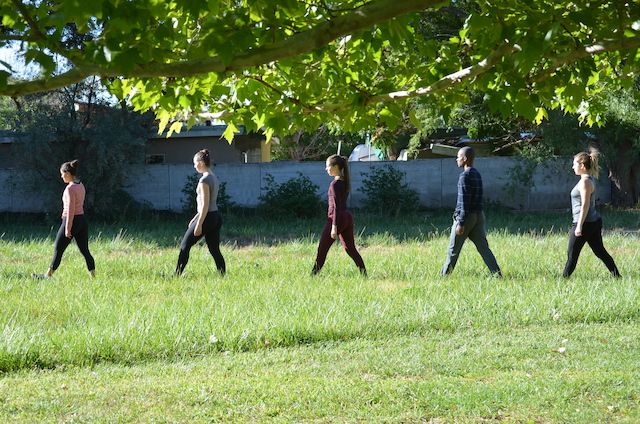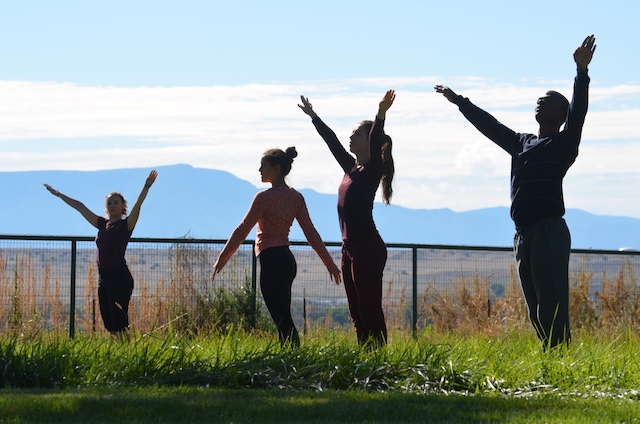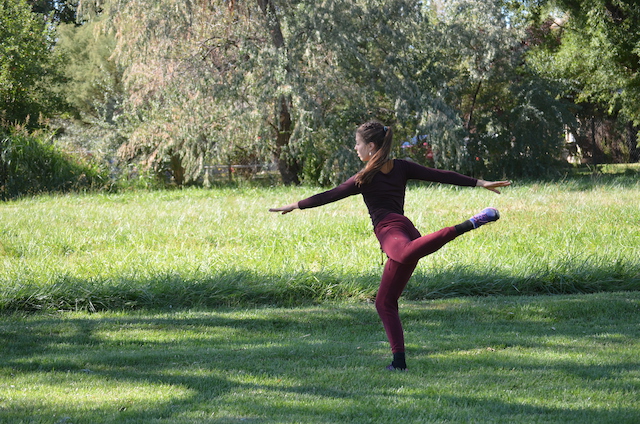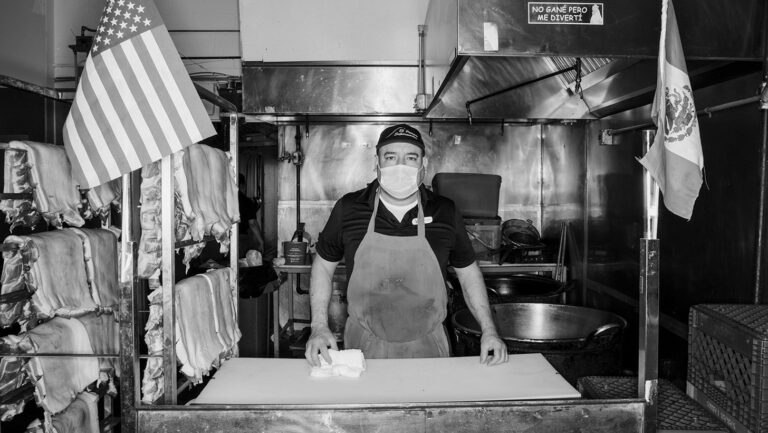Modern dance is about human bodies in motion. Other bodies watch, without moving, from darkened seats. Artificial light cascades onto skin and stage, lending an air of theatricality.What happens when dance is plucked from the artificial confines of theater or concert hall and returned to nature? After all, moving one’s body rhythmically is a natural function of being human, and rituals incorporating dance can be traced to the very beginnings of our culture.Lisa Nevada has an answer to that question. The choreographer, dancer and UNM MFA candidate performs her latest work, Radicles: Rediscovering humankind’s primary roots, in the open air. Radicles will unfold in a field filled with trees and grass—beneath the oncoming and superlative New Mexico twilight.The Alibi chatted with Nevada about her work, about dance, about how Radicles is a radical departure from the tropes and presentation of modern and contemporary dance.Alibi: What is Radicles?Lisa Nevada: It’s the final concert for my MFA. It takes place outdoors on a private piece of land, just west of the Valle del Oro Wildlife Refuge in the South Valley. In conjunction with rigorous training, choreographing and performing, my final degree requirement is to create a show. The work has evolved. The dancers start off as ancient people; we go through time with them, and I address the rapid progress of the human race and technology, how advanced we’ve become but how we’ve also become disconnected from natural surroundings. There’s a narrative; in one section, a series of duets, one dancer portrays a conservationist and their partner, a land developer. The piece resolves as the dancers celebrate the earth; they get back to their roots.How does the name of the work reflect that?I was doing some movement research, how different spaces affect movement. One day, after it rained, I had my shoes off, and I was standing in the grass trying to balance on one leg. I could feel the ground cradling my foot, supporting me. I began to notice the different textures I felt with my foot. I began to get a sense of the roots beneath me, the roots from the grass, from the trees. I wondered about how those networks of roots support themselves and us. A radicle is the primary root-form of a seedling. That resonated with me. I was thinking of doing something radical, and site-specific dance makes that possible. Why a site-specific show?I’ve been interested in site-specific work from the beginning and have always felt there was a need for public dance, especially in the modern and contemporary fields. I’ve noticed that a lot of audiences that come to modern and contemporary dance are from a certain class that can afford the experience, whereas the people I work with—teaching, studying or collaborating—are of a different class but still very curious about what dance is and can be. This difference, combined with Albuquerque’s natural surroundings, made me want to do something outdoors for my final performance. I want to pay homage to nature and make the experience available to people of all backgrounds. I want to take it out of the theater and into an environment that can involve just about anybody.Does this work fall into the realm of modern and contemporary dance? Is it postmodern and concerned with process?I’m highly influenced by the likes of Paul Taylor and Martha Graham … Doris Humphrey and Eve Gentry too. They pioneered modern dance, took off their ballet slippers and their corsets, decided to let their heads drop and their spines fold. They experimented with what it was like to let the ground and the earth move you. There’s also some of the contemporary style in my work; choreographers like Crystal Pite and Rulan Tangen from Dancing Earth in Santa Fe have been very influential to me.My voice tends to combine these influences; that’s postmodernism. I am also very interested in process. For this work, I had to work with the dancers on moving while outside in nature. We are used to being in an enclosed space, having control over the elements; it’s static and comfortable. I had to go through an intense process with my dancers, dancing in the grass—in the sun, in the wind, in the rain—and learn how the human body moves in a changing environment. The final product is important though. I wanted to get my point across in a clear way so people can connect, even if they don’t have a background in modern or contemporary dance.How will the audience connect with Radicles?Well, it’s in our nature to move. Dance came before language. People connect to the work emotionally, viscerally. The fact that Radicles takes place outdoors—we’re dancing in a field, around a tree—will allow people to experience that very human quality of movement without artifice.Radicles: Rediscovering humankind’s primary roots will be performed Oct. 16-18 at 6pm at 856 Lagunitas SW. Tickets range in price from $8 to $12 and are available through the UNM Ticket Offices. For more information call 507-8931 or visit theatre.unm.edu.
Radicles: Rediscovering humankind’s primary rootsThursday through Saturday, Oct. 16-18, 6pmSouth Valley location, just west of Valle del Oro Wildlife Refuge856 Lagunitas SW507-8931, theatre.unm.eduTickets: $8 to $12 in advance; $20 cash-only at door













